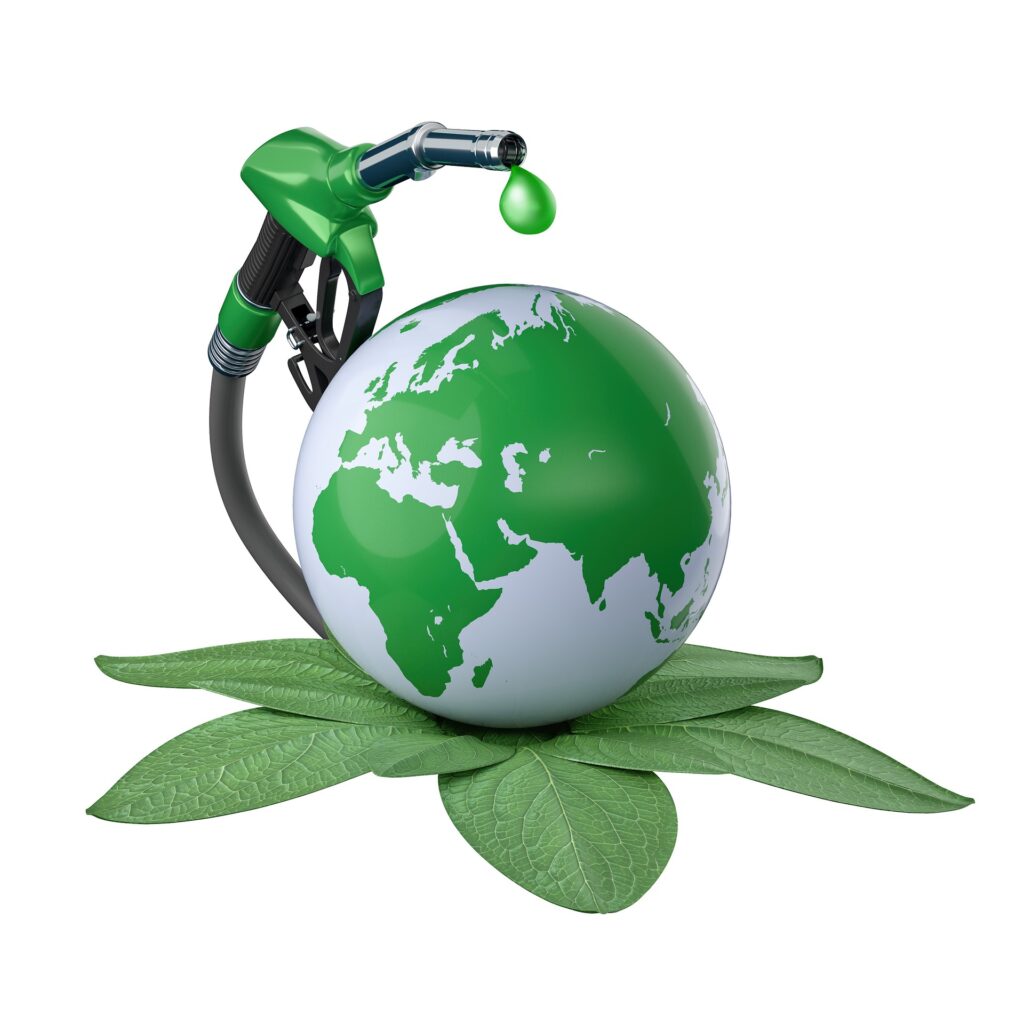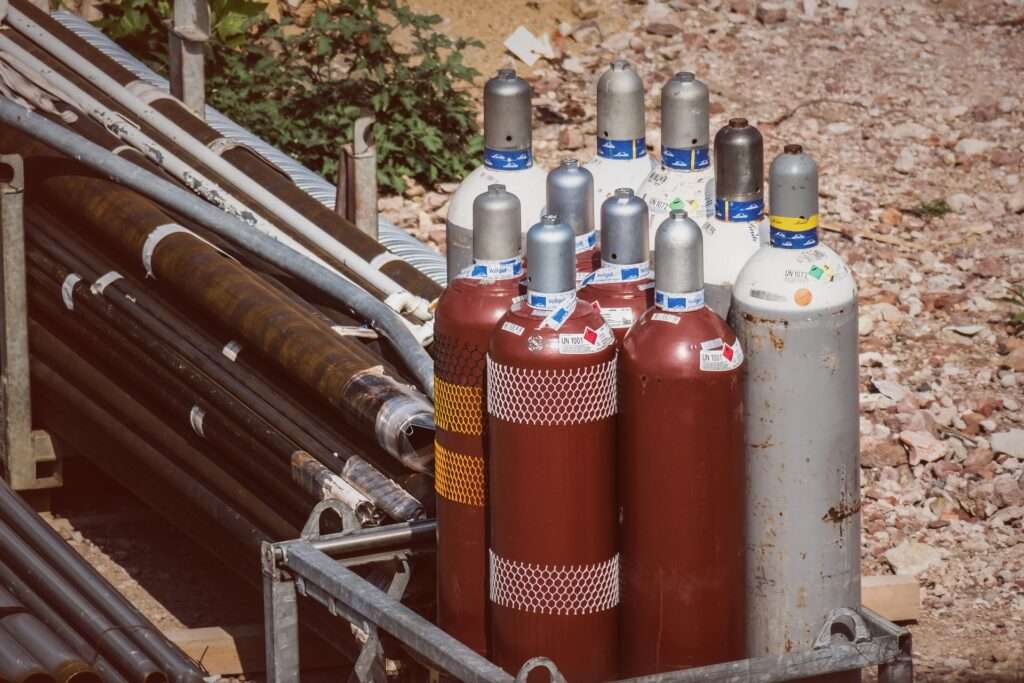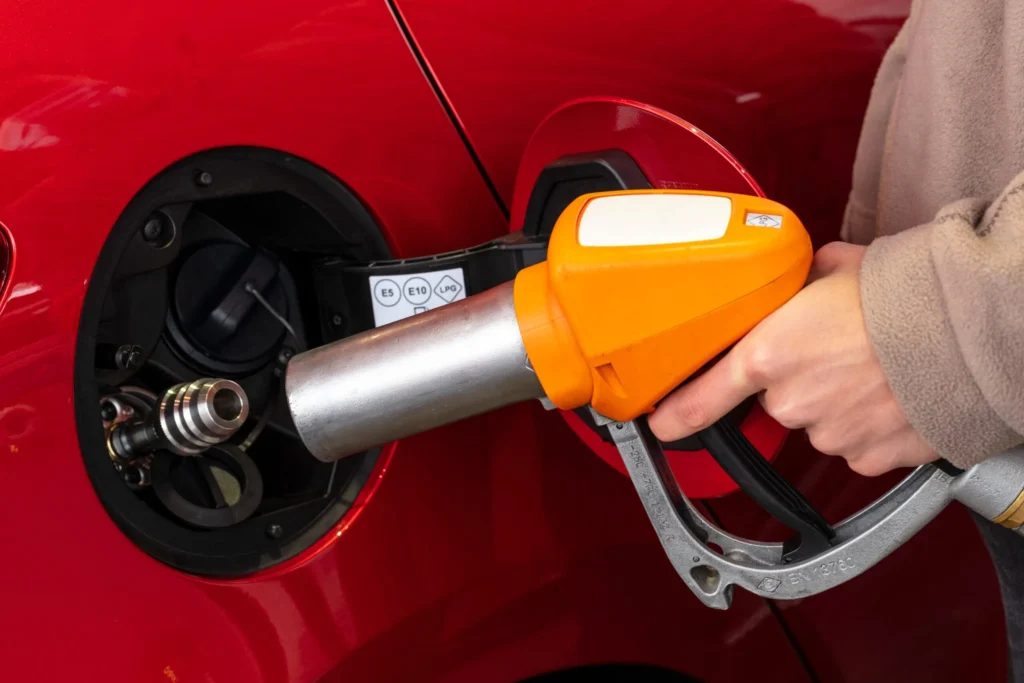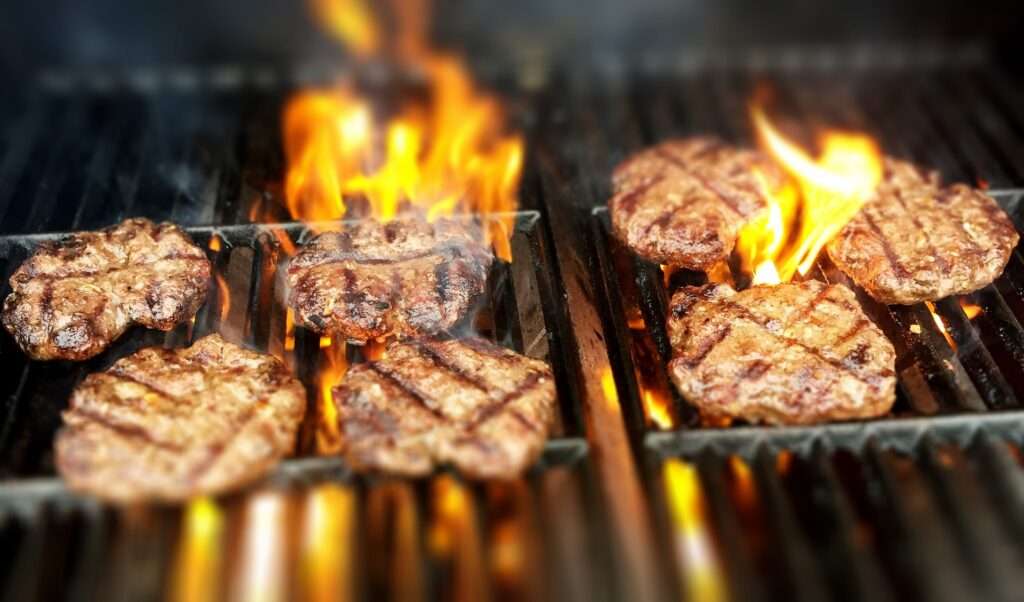In our pursuit of a greener and more sustainable future due to the overwhelming threat of climate change ever closer to our doorsteps, scientists, and innovators are continually exploring alternative energy sources. One such alternative gaining prominence is BioLPG. Derived from renewable waste or vegetable oil, BioLPG offers a cleaner and more sustainable option compared to conventional Liquefied Petroleum Gas (LPG). In this blog, we will explore BioLPG, understand its production process, delve into why it is a superior choice to conventional LPG, and why you should make the switch to BioLPG from LPG.
Understanding BioLPG
To grasp the concept of BioLPG, let’s first familiarize ourselves with LPG. Liquefied Petroleum Gas, commonly known as LPG, is a versatile fuel widely used for heating, cooking, and powering various applications. It is primarily sourced from fossil fuels such as crude oil and natural gas. However, the combustion of fossil fuels contributes to greenhouse gas emissions, air pollution, and climate change.
BioLPG, on the other hand, is derived from renewable sources like waste materials or vegetable oils. By utilizing these sustainable feedstocks, BioLPG reduces our dependence on fossil fuels at the same time also causing less pollution than traditional LPG.
The origins of BioLPG can be traced back to the advancements in bioenergy and biorefinery technologies. Bioenergy involves converting biomass (organic matter derived from plants or waste) into usable forms of energy. Biorefineries employ various conversion processes to extract energy-rich components from biomass and refine them into valuable products.
BioLPG production typically follows these key steps:
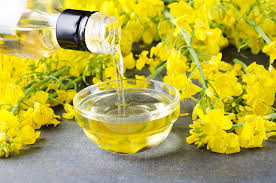
1) Feedstock Selection: Renewable waste materials or vegetable oils serve as the feedstock for BioLPG production. These feedstocks can include agricultural residues, organic waste from industries, or specifically cultivated energy crops. Feedstock selection for BioLPG production involves considering factors such as availability, sustainability, energy content, and composition. The chosen feedstock should be readily available in sufficient quantities, while also being sustainable to adhere to the changing landscape of energy towards green energy.

2) Pre-treatment: The selected feedstock undergoes pre-treatment, which involves processes such as drying, sorting, and cleaning. This step removes impurities and prepares the feedstock for the next step in the process. Drying the feedstock helps remove excess moisture, improving process efficiency. Sorting involves separating impurities or unwanted materials from the feedstock to enhance the quality of the final product. Cleaning ensures the removal of any contaminants, such as rocks or foreign objects, that could negatively impact the conversion process. The goal of feedstock pre-treatment is to prepare a clean and uniform material that can be efficiently converted into BioLPG, maximizing yield and maintaining the desired product quality.
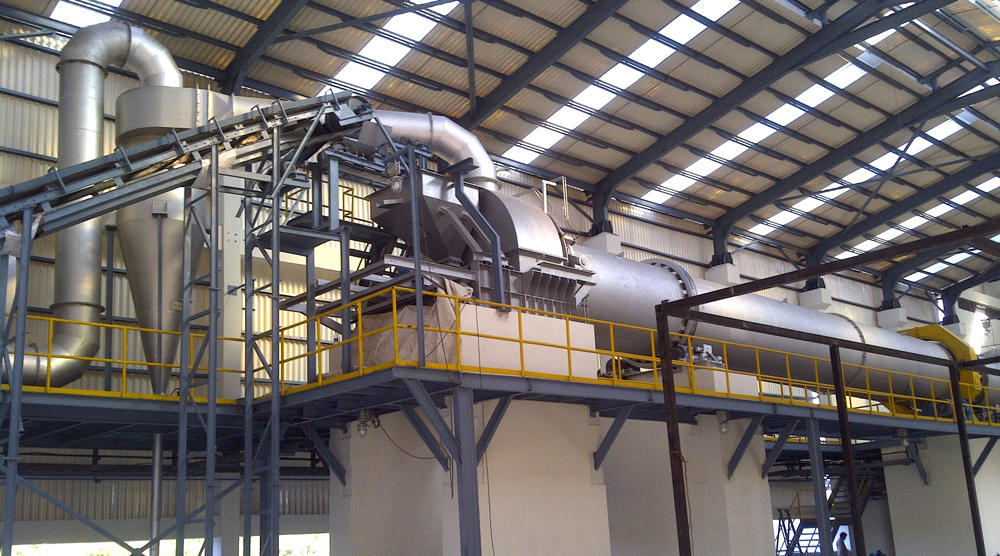
3) Conversion: The pre-treated feedstock is subjected to a conversion process, commonly known as biomass gasification or pyrolysis. These processes involve heating the feedstock in the absence of oxygen, resulting in the production of a gas mixture containing methane, carbon monoxide, and hydrogen. This gas mixture is then purified to remove impurities and separated into LPG, primarily composed of propane and butane. The conversion process aims to maximize the energy content of the feedstock while minimizing waste
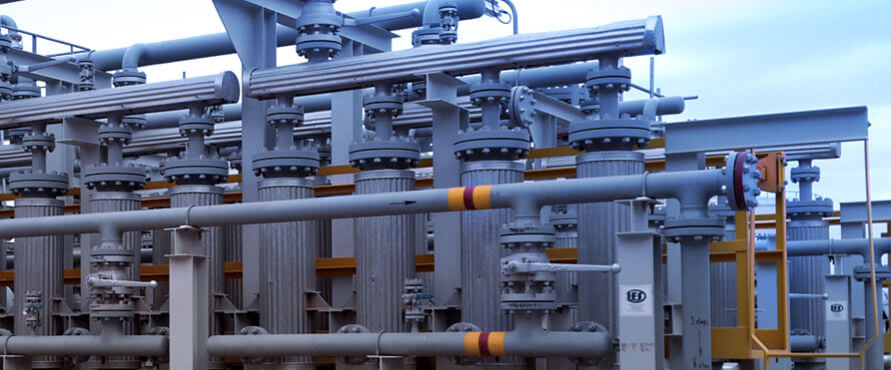
4) Purification: The gas mixture obtained from the conversion process undergoes purification steps to remove impurities, including sulfur compounds, particulates, and other contaminants. Filtration, scrubbing, and catalytic reactions are employed to achieve this purification. Filtration is used to remove solid particles and larger impurities, while scrubbing involves the use of solvents or absorbents to capture and remove undesirable gases or compounds. Catalytic reactions are employed to convert or remove specific impurities through chemical reactions. The purification process plays a vital role in enhancing the purity and cleanliness of the BioLPG.
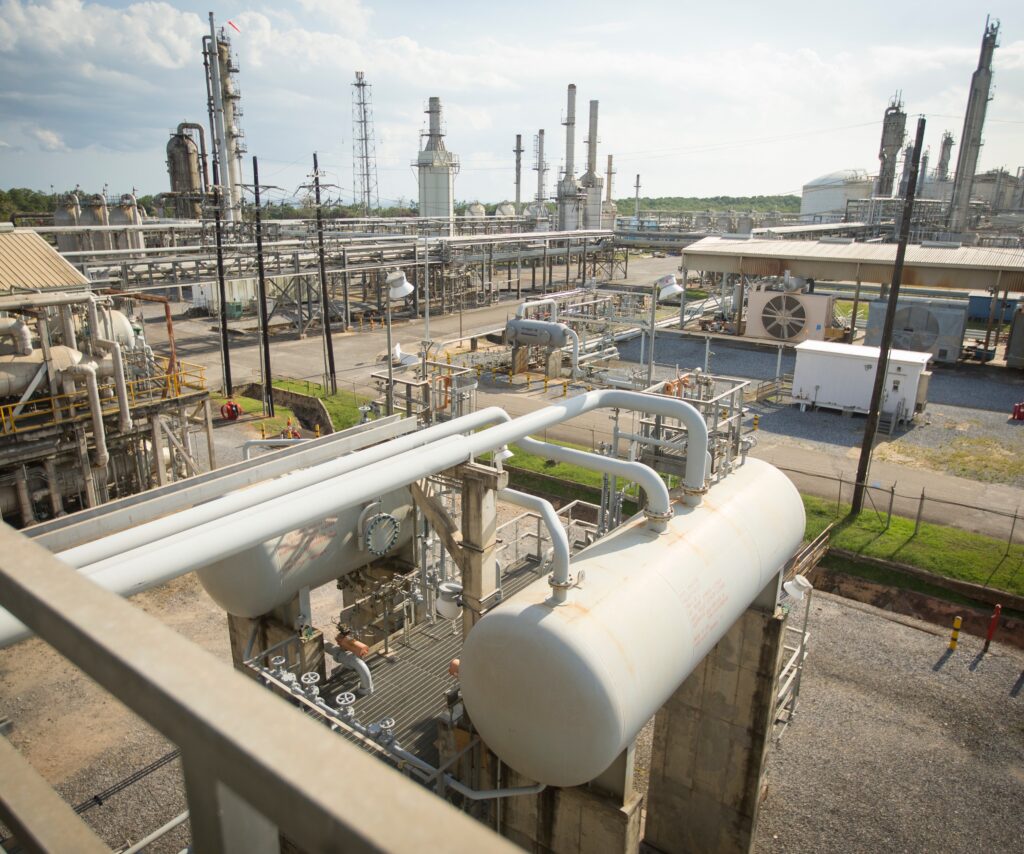
5) Fractionation: The purified gas mixture is then subjected to fractionation, a process that cools the mixture to condense and separate the desired LPG component. LPG, consisting mainly of propane and butane, is separated from other gases. The condensed LPG is then collected and further refined to meet specific quality standards. Fractionation ensures the concentration and extraction of the desired propane and butane components, which are the main constituents of BioLPG. This process plays a crucial role in obtaining a high-quality, usable fuel that is compatible with existing LPG infrastructure and suitable for a wide range of applications.
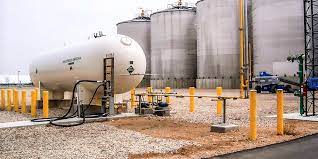
6) Refinement: The separated LPG undergoes further refining to meet the required quality standards. Additional purification steps are employed to remove any remaining impurities, ensuring the final product’s high quality. Refinement typically focuses on removing any remaining impurities or unwanted components from the BioLPG. This may include additional purification techniques such as distillation, adsorption, or catalytic processes to ensure the BioLPG meets the required specifications.
Benefits of BioLPG over Conventional LPG:
Now that we understand the production process let’s explore why BioLPG holds significant advantages over conventional LPG:
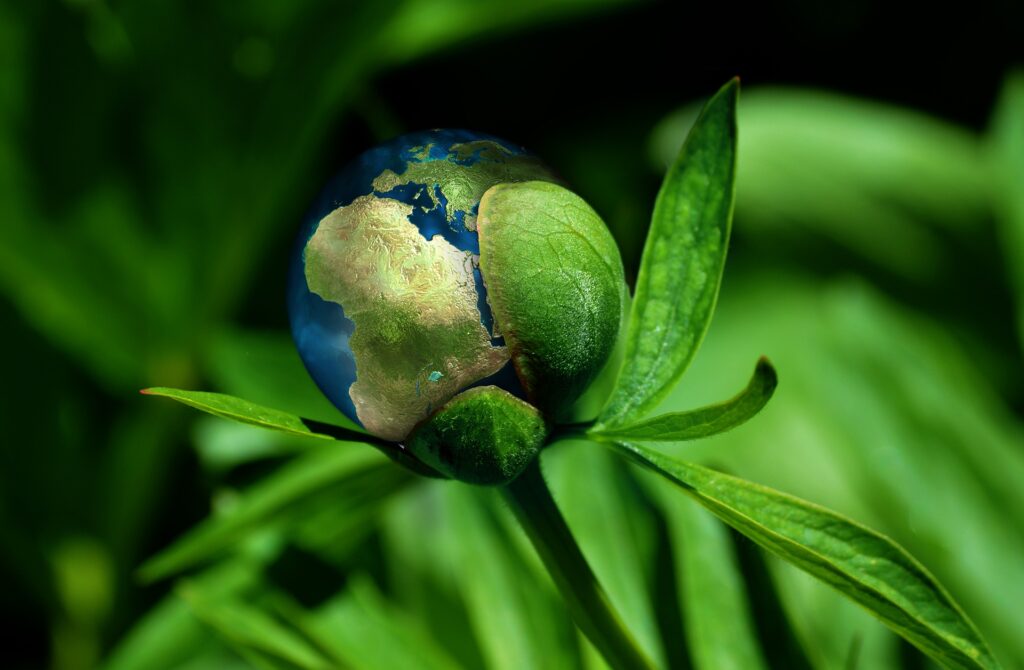
1) Renewable Source: BioLPG is derived from renewable feedstocks, such as waste materials or vegetable oils. Unlike fossil fuels, which are finite and depletable(because they form over millions of years due to extreme temperature and pressure), these renewable sources can be replenished through sustainable practices. Fossil fuel extraction is also associated with exploitation of third world and poor people in those countries.

2) Reduced Greenhouse Gas Emissions: The production and use of BioLPG generally result in lower net greenhouse gas emissions compared to conventional LPG. While burning fossil fuel-based LPG releases carbon dioxide (CO2) that has been trapped underground for millions of years, BioLPG’s carbon emissions are part of the natural carbon cycle. The carbon released during BioLPG combustion is recaptured by the renewable feedstock used in its production. This makes BioLPG a carbon-neutral fuel, helping mitigate climate change impacts.
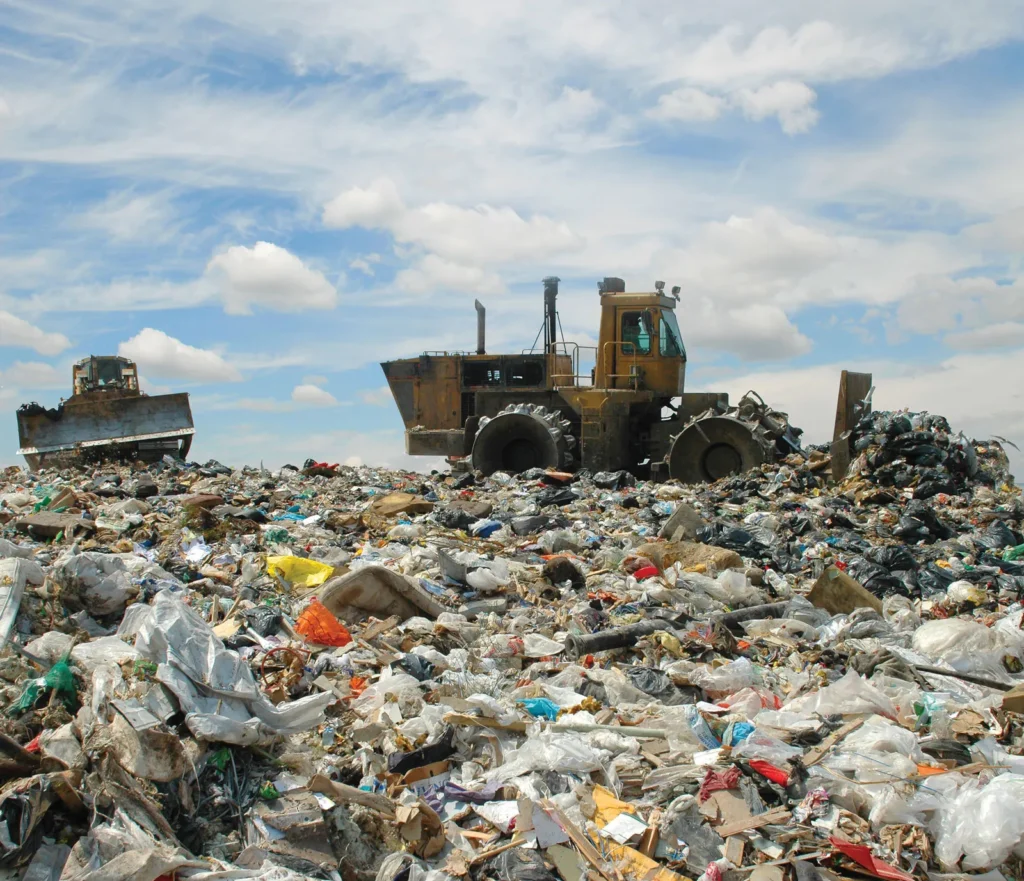
3) Waste Management: BioLPG helps in waste management by providing a sustainable and efficient solution to convert renewable waste materials into valuable energy resources, reducing landfill waste, and promoting a circular economy. This dual benefit helps promote sustainable waste management practices and the virtue of looking for something useful even if it’s in the trash.

4) Improved Air Quality: BioLPG has lower levels of impurities and sulfur compounds compared to conventional LPG. When BioLPG is burned, it emits fewer particulate matter and harmful pollutants, leading to improved air quality. This makes BioLPG a cleaner fuel choice for both indoor and outdoor applications, benefiting human health and the environment.
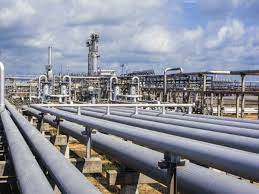
5) Compatibility and Infrastructure: BioLPG is fully compatible with existing LPG infrastructure, including storage tanks, distribution systems, and appliances. This compatibility allows a seamless transition from conventional LPG to BioLPG without significant changes to the existing infrastructure. It offers a practical and readily available solution for consumers seeking a greener energy alternative and also protects companies from increasing regulation of government to control climate change.
Conclusion
BioLPG represents a promising and sustainable alternative to conventional LPG. By utilizing renewable waste materials or vegetable oils, BioLPG significantly reduces greenhouse gas emissions, promotes efficient waste management, and improves air quality. Its compatibility with existing infrastructure ensures a smooth transition, allowing consumers to make a positive impact without sacrificing convenience. As we continue to advance in renewable energy technologies, BioLPG stands as an important step towards a cleaner and more sustainable energy future.

